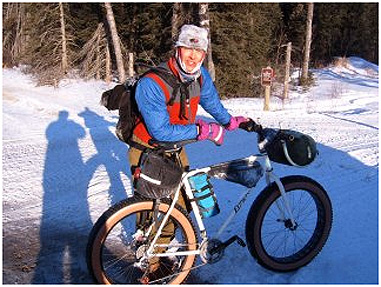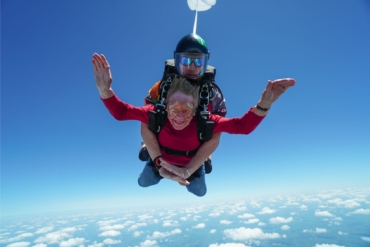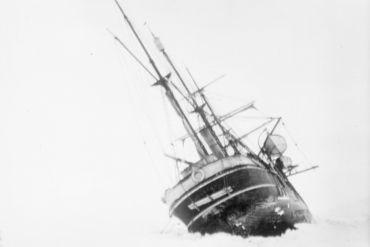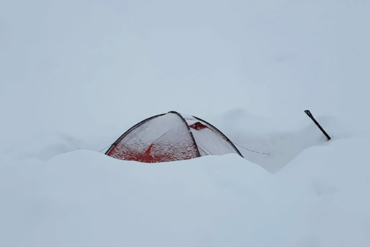On the morning of February 6, 2006, in the Kabetogama State Forest of northern Minnesota, the ground was frozen and dead, a chalky medium that squeaked when I walked from the car pushing my bike. The air was sharp, elemental and shrill, hurtful to breathe even through a mask.
It was predawn on the Arrowhead State Trail, a multiuse track that connects International Falls to the town of Tower more than 100 miles to the south. My hands ached from the cold, fingers going numb within minutes that morning as I got on the bike to pedal into wilderness as desolate as the dark side of the moon.

The Arrowhead 135 Ultramarathon, one of the country’s most extreme winter endurance races, had just begun. There were 31 men and a single woman who had set off with headlamps and bike lights ablaze. It was 7a.m., a Monday morning that was silent and still in the woods outside International Falls.
“Keep spinning, warm the toes,” a fellow racer shouted, his face frosty and masked, body bundled thick in Gore-Tex and wool. “Can’t wait for that sun to rise!” he said.
Neither could I.
On the horizon, beyond the black arms and silhouettes of the forest, over the hills, light was seeping up, blue and gold, climbing slowly in the sky to initiate day one of the race.
As ultras go, the Arrowhead 135 is an odd event, more akin to an Alaskan sled dog epic than a century bike ride or a triathlon. The race, which kicks off for its sixth running next month, February 1 – 3, requires competitors to combine athletic strength with survivalism, sending cyclists, trekkers and skiers solo and unsupported on the race’s namesake 135-mile course.

The Ironman this is not. No one is in the woods to cheer. There are no water stops or hand-out energy gels. On the Arrowhead Trail, you haul all your own food and gear. You melt snow with fire to make water. You sleep, if need be, on the ground, a black sky above, stars pricking through, wolf prints in the woods out beyond your packed platform in the snow.
To complete the course, you have 60 hours. You choose your mode of transportation — foot, ski or bicycle in the snow. You get a map at the start and follow a trail that fades in and out, forks and intersections mostly unmarked, your compass needle spinning in hand as a sole guide to the adventure.
continued on next page. . .






